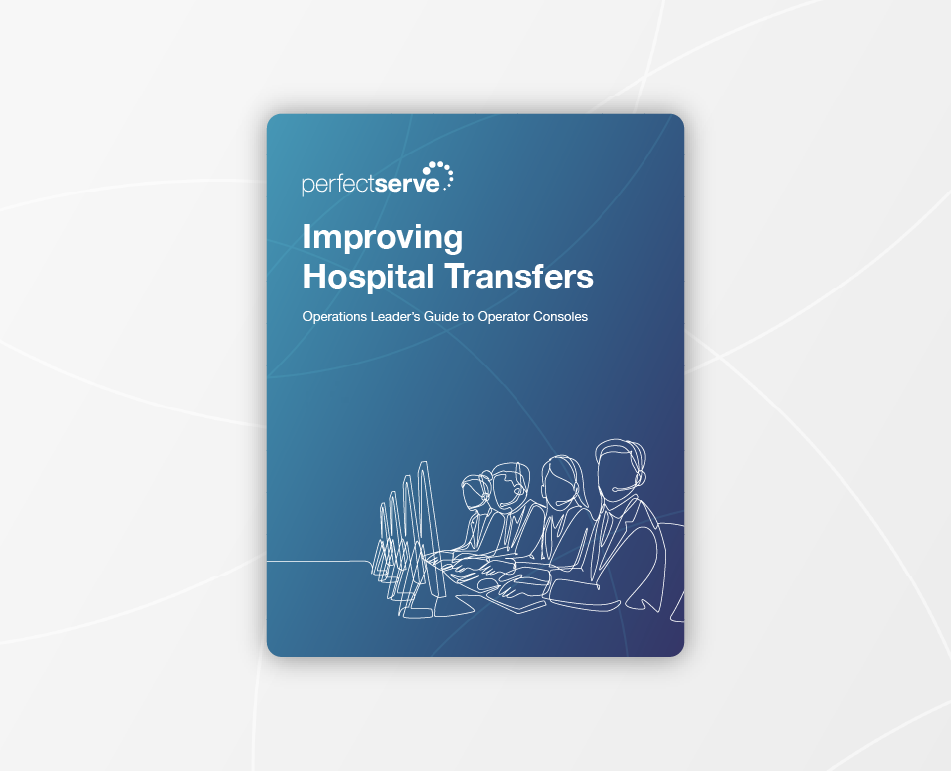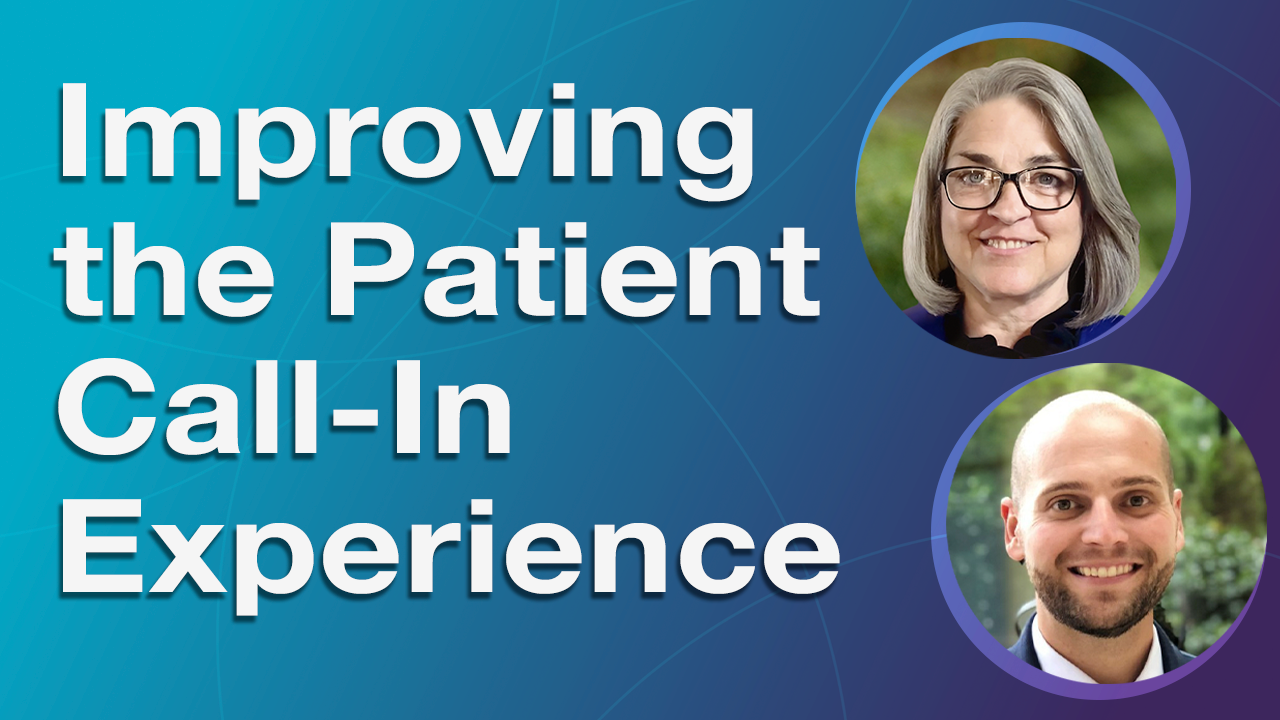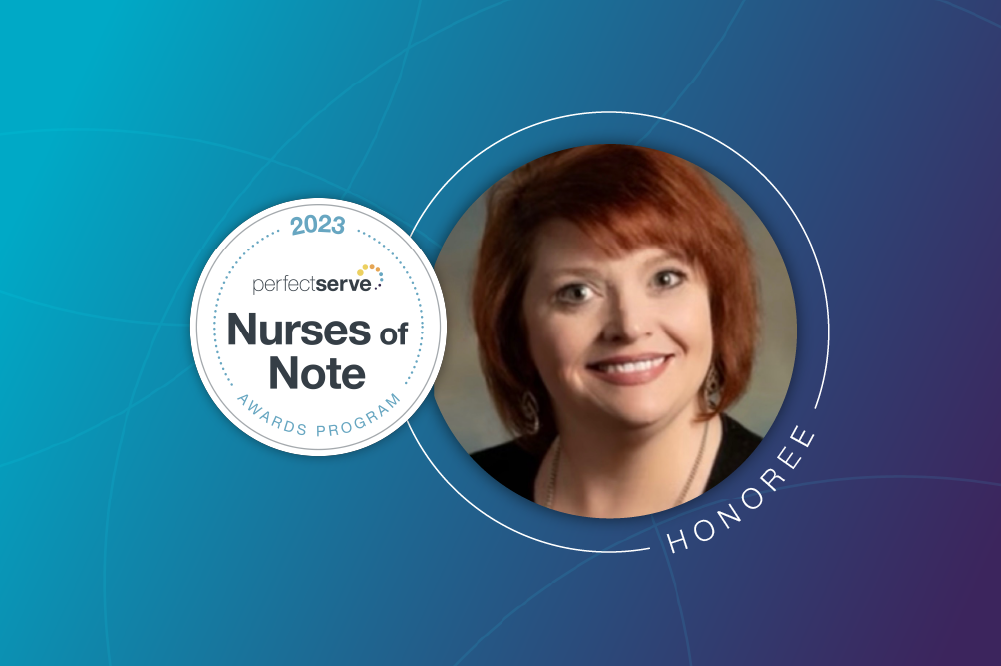PerfectServe Accelerates Speed to Care with Faster Delivery of Critical Lab Results
TABLE OF CONTENTS
When minutes—or even seconds—can mean the difference between optimal care and patient harm, critical lab results must be delivered to the responsible party as fast as possible. But delivering crucial information quickly can also create a positive ripple effect throughout your organization.
When results come in quickly, patients receive the care they need sooner, and they’re more likely to see positive outcomes and have a satisfying experience. That’s significant because as value-based care becomes more prevalent throughout the industry, these metrics can have a powerful financial impact on your organization. Simply put, better care means higher reimbursement rates.
Improving workflows for critical lab results can also elevate provider satisfaction. It’s no surprise that cumbersome processes take a toll on care team morale. Tasks that involve switching between applications, searching through provider directories, and a seemingly endless number of clicks are a drain on their time, energy, and patience. Reducing the administrative workload and “click fatigue” can go a long way toward decreasing burnout and its wide-ranging effects on your organization.
One such workflow that simply isn’t up to snuff for many organizations is the delivery of critical lab results. Manual processes cause frequent delays, which makes it hard to close the loop efficiently.
Needed Delivery Improvements at Hospital for Special Surgery
In 2019, Hospital for Special Surgery (HSS)—the premier academic medical center in the United States focused on musculoskeletal health—decided it was time to target exactly this kind of workflow for improvement. With 3,500 users spread across 175 clinic locations going in and out of surgery and using a mix of owned and shared devices, fast and effective communication was not always easy.
Since PerfectServe’s automated answering service was already successfully deployed in HSS clinics, the organization decided to expand the system footprint to their acute care setting by implementing PerfectServe’s enterprise Clinical Collaboration solution.
The need for improvements was especially poignant when it came to delivering critical lab results. In the previous workflow, once a result was verified, a message was sent through PerfectServe asking the ordering provider to call the lab, at which point the provider would be verbally asked to review the results in the EHR. HSS policy dictates that providers must get live verbal confirmation that critical results are available, meaning a lab tech could not simply leave a voicemail and move on.
The process could take anywhere from a few minutes to a few hours, depending on the provider’s schedule and availability when the message was received (e.g., during surgery, which would cause a delay.) If the requesting provider was unavailable, the lab would have to use the call schedule to track down the attending, hoping that there hadn’t been any last-minute changes to the schedule.
HSS is an innovative, forward-thinking institution known for providing exceptional patient care, but this scenario highlights a common problem in healthcare, whereby nuanced or complicated workflows are either not integrated into the larger technology ecosystem or integrated in a way that doesn’t make the clinician’s life any easier.
Patient risk is always a concern when vital information isn’t delivered, consumed, and actioned in an efficient manner. Lengthy delays can lead to sentinel events that might otherwise have been avoided. But beyond the worst-case scenarios, delayed treatment can lead to further issues down the line that require even more care.
Manual workflows also mean your team might have to spend several hours each week looking up phone and pager numbers while trying to track down the correct physician—all to relay a simple message. That’s time they could otherwise spend on responsibilities that improve patient outcomes and organizational performance.
It’s also frustrating for providers who are most fulfilled when they’re allowed to perform at the top of their licensure. The longer staff are forced to deal with these types of inefficiencies related to administrative tasks or inefficient workflows, the more likely it is they will experience some level of burnout.
A manual process can have a detrimental impact on your organization as well. Productivity slows when staff members are sidelined with inefficient communication methods, which can lead to adverse outcomes, including lower-quality care and longer lengths of stay.
Clinical Collaboration Creates Astounding Results
HSS saw—or worried about—those same consequences stemming from their imperfect critical labs workflow. But by tightly integrating their Laboratory Information System (LIS) with PerfectServe, HSS now delivers critical lab results to the most appropriate provider almost instantly.
Lab technicians no longer have to search through the internal system for phone or pager numbers to contact the right provider, and there’s no more waiting around for a return call (that may not come). Now, once a result is returned in the LIS, PerfectServe automatically delivers it to the responsible party who can take action.
The workflow is simple. After a result is verified in the LIS, it’s automatically flagged and sent to the appropriate physician via Dynamic Intelligent Routing®. The recipient varies, but it might be the requesting physician, the scheduled on-call, or the sub who’s filling in thanks to a last-minute schedule change. Because communication is linked with scheduling, Dynamic Intelligent Routing sends the message to the correct physician the first time, every time. If the first recipient doesn’t acknowledge the message within six minutes, it’s forwarded to the next provider in line. This process continues until the message is acknowledged.
The lab is also equipped with two tracking monitors that update in real-time so lab personnel can easily discern whether each result has been received, read, accepted, or declined.
Overall, PerfectServe’s Clinical Collaboration solution transformed the delivery of critical lab results at HSS from a manual process that took minutes (or hours) into an automated process that’s completed in just a few seconds.
Now, in the amount of time it might have taken a lab tech to dial a provider’s number, PerfectServe automatically determines who the appropriate provider is and sends them the alert—all within one screen, and in a message format that gives the provider all of the relevant patient context they need.
After implementation, HSS looked at 1,100 critical lab alerts and noted an average 42% improvement in acknowledgment times. Further analysis showed a 92% compliance rate for 2,685 results. The fastest turnaround time for this process—from appearing in the LIS to being acknowledged in PerfectServe—was just seven seconds. Similarly, hematology saw 84% compliance for 856 results, with the fastest turnaround time of eight seconds.
Beyond Critical Labs
Taken as a whole, PerfectServe’s role in clinical communication and care coordination reduces time to treatment in many areas—not just critical lab results. This improves the quality of care and patient satisfaction across the board while also reducing care team toil .
By integrating with other systems and applications to create automated workflows, PerfectServe allows nurses and lab technicians to focus on patients by removing the burden of tracking down physicians.
Similarly, providers’ days don’t have to be interrupted with pages, phone calls, and tedious searches through the EHR for information. Instead, they can quickly access the lab results they need from their PerfectServe inbox and take any necessary action. This eliminates common obstacles and frustrations to help reduce burnout and turnover.
Reach out to us to learn more about how PerfectServe can help your organization transform its communication and provider scheduling practices. You can also learn more about the results HSS has seen with PerfectServe by downloading the case study .




